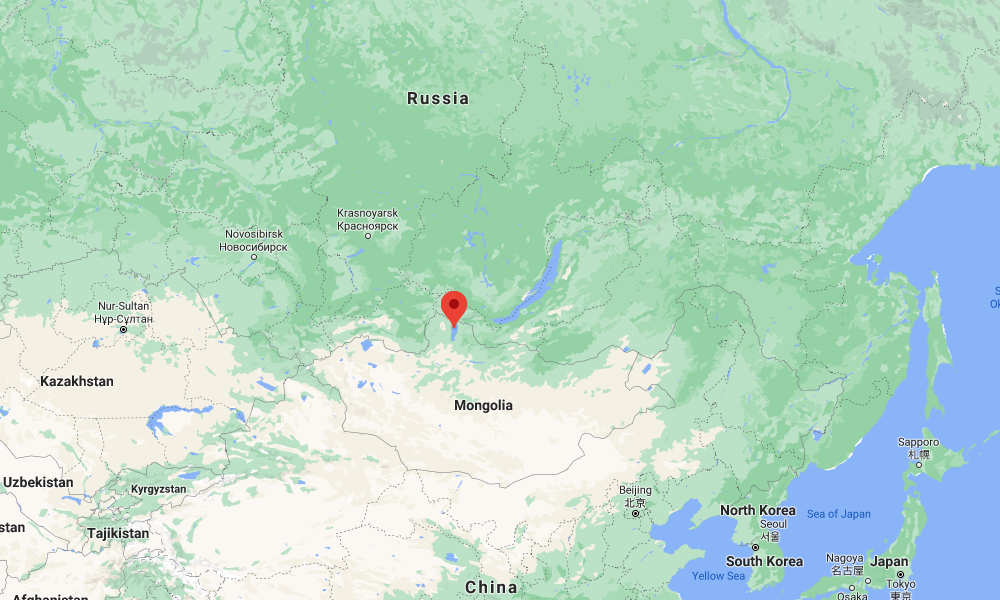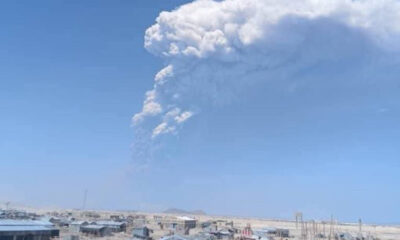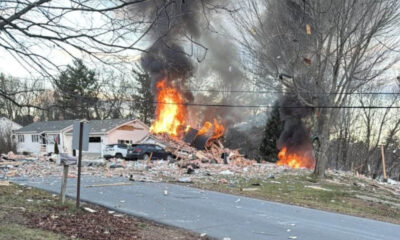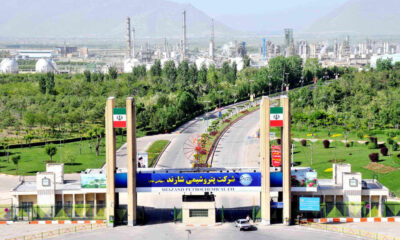World
Strong earthquake hits lake in northern Mongolia

A strong 6.7-magnitude earthquake has struck a lake along the Russia-Mongolia border, with shaking felt across the region, seismologists and residents say. There were no immediate reports of injuries.
The earthquake struck at 5:33 a.m. local time on Tuesday and was centered in Lake Khövsgöl in northern Mongolia, about 55 kilometers (34 miles) from the border with Russia, or 288 km (179 miles) southwest of Irkutsk.
The U.S. Geological Survey (USGS) put the earthquake’s magnitude at 6.7, down from an earlier estimate of 6.8. It said the quake struck at a depth of just 10 km (6 miles) and was felt across the region on both sides of the border.
The area near the epicenter is not heavily populated but is home to a number of villages near the lake, including Hatgal and Turt, which have a combined population of up to 5,000 people. There were no immediate reports of casualties.
A 40-year-old resident in Darkhan, a city about 423 kilometers (263 miles) southeast of the epicenter, was woken up by the earthquake. “It was the strongest I’ve felt in my whole life,” the resident told BNO News.
Indra Ganbaatar was also sleeping when the earthquake was felt in the capital Ulaanbaatar. “I felt a very strong tremor and woke up,” Ganbaatar said. “My whole bed was shaking. It was really scary. I was really scared.”
Nil-Erdene Bayanburd, also from Ulaanbaatar, felt the quake as well. “Our dangly lights and lamps were swinging slightly, the desk was pretty shakey and everyone felt it in different regions across Ulaanbaatar,” Bayanburd said.
Tuesday’s tremor was one of the strongest earthquakes to hit northern Mongolia in recent history.
A strong 6.9-magnitude earthquake struck just north of Lake Khövsgöl in April 1950, causing damage in nearby villages. And more recently, a 6.4-magnitude earthquake struck to the west of the lake in 1991.

-

 World6 days ago
World6 days agoEthiopian volcano erupts for first time in thousands of years
-

 Legal3 days ago
Legal3 days agoUtah Amber Alert: Jessika Francisco abducted by sex offender in Ogden
-

 US News2 days ago
US News2 days agoExplosion destroys home in Oakland, Maine; at least 1 injured
-

 Health3 days ago
Health3 days agoMexico’s September human bird flu case confirmed as H5N2
-

 Legal1 week ago
Legal1 week agoSuspect in San Diego stabbing shot by authorities after fleeing into Mexico
-

 Health1 week ago
Health1 week agoMarburg virus outbreak in Ethiopia grows to 6 confirmed cases
-

 World3 days ago
World3 days agoWoman killed, man seriously injured in shark attack on Australia’s NSW coast
-

 World1 week ago
World1 week agoU.S. sanctions companies and vessels accused of aiding Iranian military oil sales



